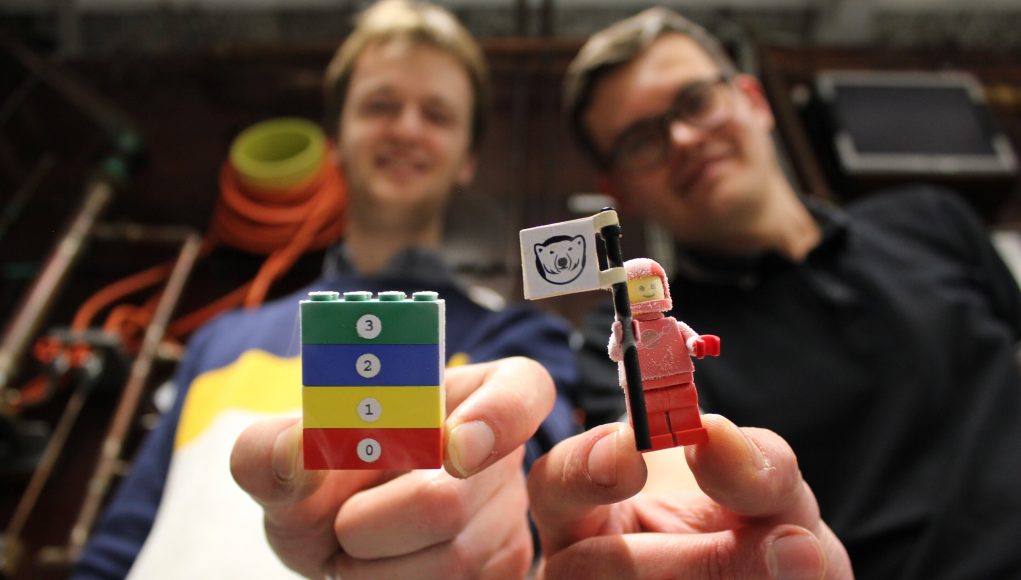For the first time, LEGO has been cooled to the lowest temperature possible in an experiment which reveals a new use for the popular toy.
Its special properties mean it could be useful in the development of quantum computing.
A world leading team of ultra-low temperature physicists at Lancaster University decided to place a LEGO figure and four LEGO blocks inside their record-breaking dilution refrigerator.
This machine—specially made at the University—is the most effective refrigerator in the world, capable of reaching 1.6 millidegrees above absolute zero (minus 273.15 Centigrade), which is about 200,000 times colder than room temperature and 2,000 times colder than deep space.
The results—published in the prestigious journal Scientific Reports—were surprising.
Find your dream job in the space industry. Check our Space Job Board »
Dr. Dmitry Zmeev, who led the research team, said: “Our results are significant because we found that the clamping arrangement between the LEGO blocks causes the LEGO structures to behave as an extremely good thermal insulator at cryogenic temperatures.”
“This is very desirable for construction materials used for the design of future scientific equipment like dilution refrigerators.”Play00:0003:44SettingsPIPEnter fullscreenPlayFor the first time, LEGO has been cooled to the lowest temperature possible in an experiment which reveals a new use for the popular toy. Credit: Josh Chawner
Invented 50 years ago, the dilution refrigerator is at the centre of a global multi-billion dollar industry and is crucial to the work of modern experimental physics and engineering, including the development of quantum computers.
The use of ABS plastic structures, such as LEGO , instead of the solid materials currently in use, means that any future thermal insulator could be produced at a significantly reduced cost.
Researchers say the next step is to design and 3-D print a new thermal insulator for the next generation of dilution refrigerators.
Provided by: Lancaster University
More information: J. M. A. Chawner et al. LEGO® Block Structures as a Sub-Kelvin Thermal Insulator.Scientific Reports (2019). DOI: 10.1038/s41598-019-55616-7
Image: From left: Josh Chawner and Dmitry Zmeev with the LEGO.
Credit: Lancaster University











